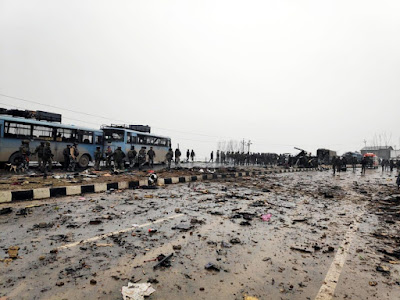Diwali is one of the famous festivals in India and preparations for it begin from days in advance. It is almost ritualistic to clean rooms, offices during the festival as well as adorn them with lights. The five-day celebrations begin with a lot of fanfare.
Often considered one of the biggest festivals in India, Diwali is celebrated with a lot of gusto and fanfare. Commonly known as the festival of light, the festival indicates the triumph of light over darkness and good over evil. It falls on the day of ‘amavasya’ or new moon. This year Diwali will be celebrated on November 6.
Preparations for the festival begin from days in advance. It is almost ritualistic to clean rooms, offices during the festival as well as adorn them with lights. The five-day celebrations begin with Dhanteras and is concluded with Bhai Dooj. On the third day people collectively participate and partake in the celebrations of Diwali or Deepavali.
A brief history of Diwali
Diwali, that begins at the end of the cropping season and heralds prosperity and happiness, is often associated with wealth and happiness. It is commonly believed that there is a mention of the festival in ancient Sanskrit scriptures like Skanda Purana and Padma Purana.
According to mythology, Deepavali is also mentioned as Deepapratipadutsava in the seventh century Sanskrit play Nagananda where newly-wed brides and grooms were given gifts and lamps were lit in the memory of lord Vishnu and goddess Lakshmi’s marriage. The festival, according to popular legend, is also associated with the story of Yama and Nachiketa on Kartika amavasya. The story that narrates the tale of true wealth and knowledge and right versus wrong is perhaps the reason why Diwali is celebrated as the festival of prosperity, wisdom and light. Deepavali was also referred to as Dipamalika in famous Sanskrit poet’s Rajasekhara’s ninth century work Kavyamimamsa, where traditions of homes being cleaned and decorated with lights are mentioned. For several others the festival holds a different significance. While many celebrate it in memory of Rama and Sita’s return after 14 years of exile, others commemorate the return of Pandavas after 12 years of canvas and agyatavas on this day.
Diwali celebrations
Preparations for Diwali, one of the most anticipated festivals in India begins from the onset of autumn. It is a common practice for people to buy gold and silver, furnitures and utensils for home, and decorate their homes with diyas and rangoli. Lakshmi and Ganesh are also worshipped during Diwali. The grand five-day celebrations begin with Dhanteras, the festival of wealth and is followed by Naraka Chaturdashi on the second day. On the third day people celebrate Deepavali and on the fourth day Diwali Padva, marking the husband-wife bond is celebrated. Bhai Dooj, that is dedicated to the brother-sister relationship marks the end of the festival. While rooms are cleaned and candles and diyas are used to decorate houses, gifts are also bought and exchanged among loved ones.
Some businessmen start a new financial year on the auspicious day and adopt a new accounts book, or ‘bahi khata’ and offer it to goddess Lakshmi.
Kali Puja on Diwali
Goddess Kali is also worshipped during Diwali. It is mostly done by Bengalis and is not an ancient practice. It is believed that the tradition was introduced by Raja Krishnachandra, the king of Navadvipa in the eighteenth century. At present several Bengali households worship the goddess with a lot of fanfare. The prasad offered to the goddess, unlike other pujas, is strictly non-vegetarian.
#Diwali History


No comments:
Post a Comment